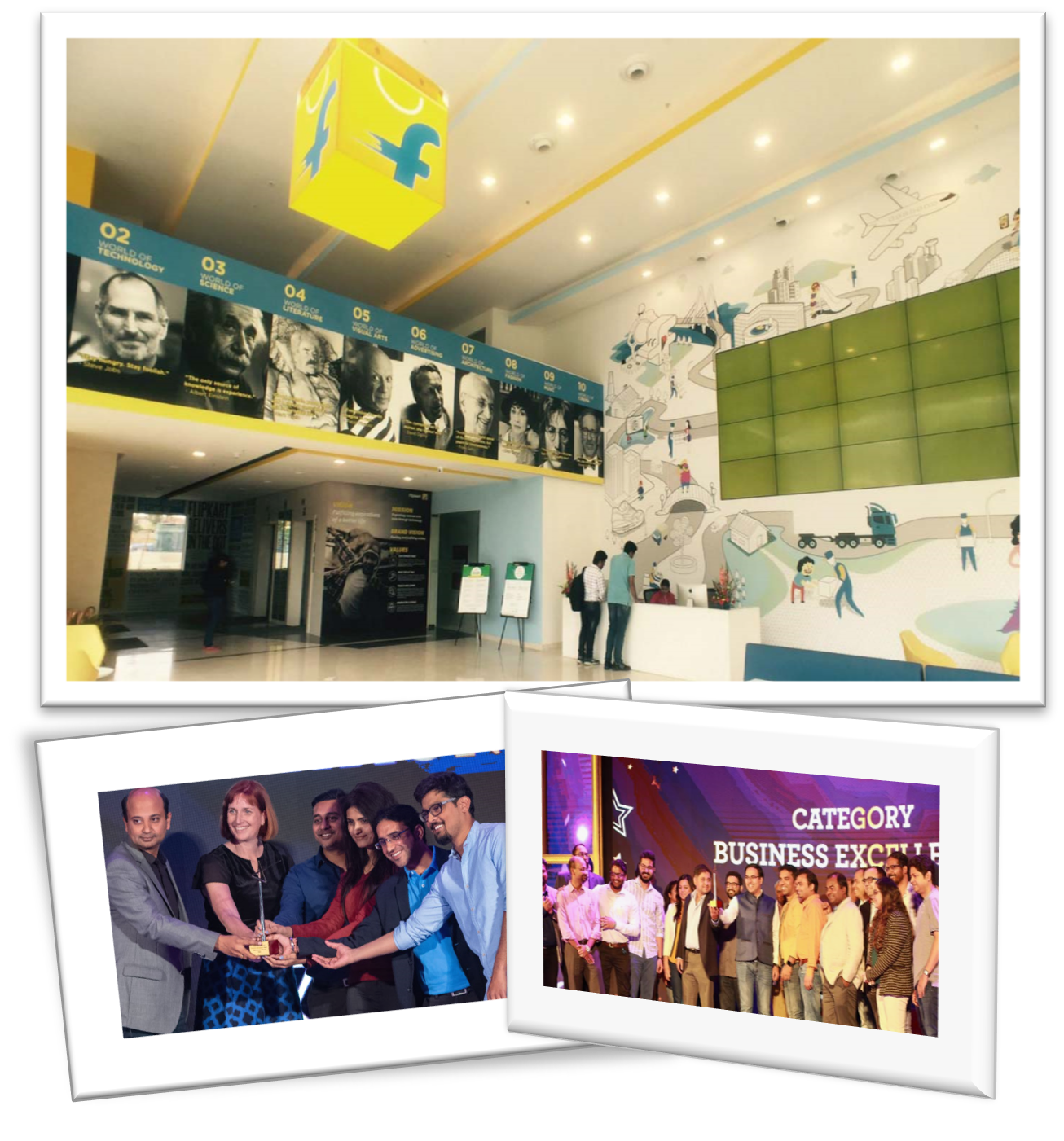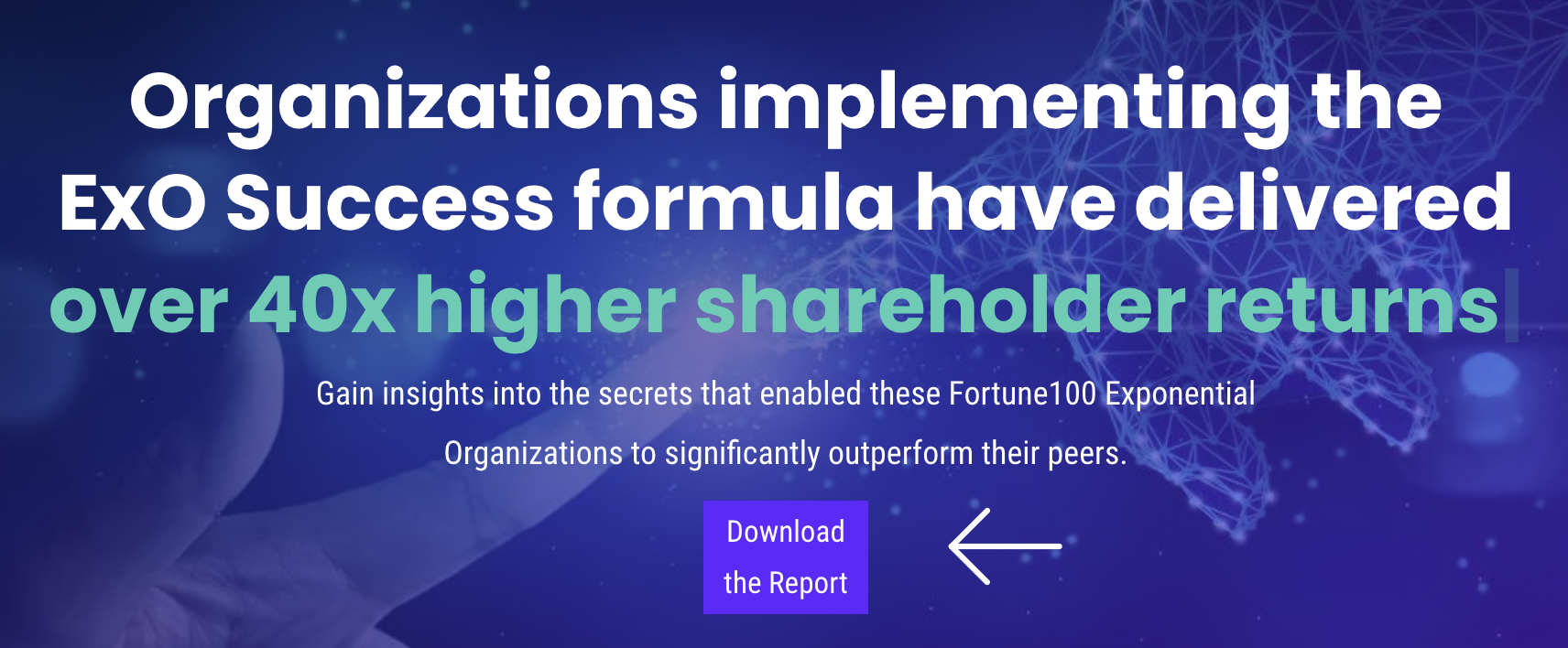
Flipping the Conventions towards Success - The Flipkart Journey
Flipkart, an Indian e-Commerce platform, and one of the Top100 ExOs (Exponential Organizations) has witnessed a massive degree of growth and advancement over the last 15 years. What enabled this? Read on.
Flipkart was founded in 2007 in India’s Silicon Valley Bangalore with a paltry investment of $6000 by two young software engineers who left their jobs at Amazon Web Services within a year of joining. Following Amazon’s footsteps, they began by selling books online. Within the first two years of operations, Flipkart had started offering products across many other categories, expanded across other Indian cities, attracted a $1 million venture capital investment, and had grown to 150 employees. Amongst the younger generation, at least, especially those having access to the internet, the convenience of online shopping provided the initial spurt.
In a market like India, shopping was (and perhaps even now is) trust and relationship-centric, and mostly in cash. While large shopping malls and credit cards were an emerging phenomenon, most purchases were done with a corner Mom n Pop shop or from a neighborhood market that a person would have known over the years, if not generations. Paying in advance from an unknown entity was kind of taboo. But all this was about to change.
The splash happened in late 2010 when Flipkart started challenging the conventions and introduced the concept of Cash on Delivery, soon followed by the launch of a 30-day replacement policy in early 2011. These game-changers got traction and drove Indian consumers from offline to online shopping.
Flipkart's reported sales were a mere $500,000 in FY2009 and had grown to $9.4 million in FY2011 leapfrogged to an estimated $28 million in FY2014, and further to an estimated $106 million in FY2015.
This early success caught the attention of Salim Ismail and the team of global experts researching many start-ups, scale-ups, and incumbent firms globally through the lens of the 11 exponential attributes of MTP + SCALE + IDEAS as part of their writing of the seminal book, Exponential Organizations. And Flipkart got featured in the inaugural list of the Top100 Exponential Organizations.
And the success story continued.
The end of the year 2014 marked the launch of several firsts yet again – same-day delivery guarantee, exclusive brand associations, and the Big Billion Day (deep discounts).
And over the years, Flipkart has continued to disrupt the Indian market in the form of the No Interest EMI, Flipkart Quick 90-minute Delivery, the Voice Assistant called Saathi (an Indian language word, with the literal English meaning being the companion), and several others.
These strategic moves revolutionized and led to the rapid expansion of the Indian e-Commerce market, making Flipkart remarkably popular and trustworthy to its customers. And while it attracted more and more new customers to its website and the App, Flipkart also focused on driving engagement across the customer base by actively leveraging social media and introducing coupons and contests to create hype, especially around new launches.
Several of Flipkart’s innovations are considered to result from the culture of experimentation and empowerment fostered through initiatives such as Hackday, SplashN, Trail Blazer, Girls Wanna Code, etc. For example, Flipkart Lite, the mobile website, was built in mere 45 days by a team of only five engineers! Similarly, one of the project teams figured out a way to bypass a “mother hub” altogether and cut down delivery time by a day (counts a lot). In a traditional organization, such an idea would have required management approvals or quite likely got shot down.
But not at Flipkart.
Flipkart employees called ‘Flipsters’ take pride in the organization’s values of ABCD (audacious, bias for action, customer-first, and diversity). Smrithi Ravichandran, ex orchestrator-in-chief of the famous Big Billion Days initiative and now the head of Grocery business, had once stated:

It’s no surprise that Flipkart has actively leveraged data, cloud, and artificial intelligence to drive its growth. On an average day, Flipkart’s users generate about 10 to 15 terabytes of data. While building in-house analytics capabilities, Flipkart has collaborated with educational institutions like Stanford University and Carnegie Mellon University and strategically partnered with Microsoft. The firm has created at least 40 insights for each of its customers, such as GPS locations and page scrolls, preferred brands, and frequency of purchase - and uses them to boost brand awareness, optimize merchandising and order placement, and even detect fraudulent buyers.

Post getting acquired by Walmart in May 2018 for a staggering $16 billion, while the ownership and leadership have changed (with the exit of both co-founders), Flipkart has continued to pursue its growth strategy with audacity and is consciously driving innovation both from within and outside. It recently launched its flagship start-up accelerator program, Flipkart Leap, and the $100 million venture fund. Further, the company has been expanding beyond the conventional eCommerce area either organically or through acquisitions in the form of investments into Health+ (for healthcare), Flipkart Labs (for Web3 and Metaverse), Cleartrip (for Travel), Flipkart Wholesale (for B2B), Flipkart Xtra (to offer flexible earning opportunities), and Shopsy (for social commerce).
Goes without saying that the pandemic led to a surge in the Indian eCommerce market, and Flipkart grew almost 2x between 2018 and 2021, with an estimated gross merchandise value of $23 billion in 2021 (mobile phones contributing almost 50%, followed by fashion at 32%, and appliances at 16%).
Flipkart reported revenues of $6.1 billion for FY 2021 and is targeting to come out with an IPO in 2023 with a valuation range of $60-70 billion. It's by no means a phenomenal growth within a decade of it having acquired the unicorn status in 2012 when it got funding of $150 million in a round led by South African tech major Naspers.
With nearly 30,000+ employees, 100k+ sellers, 80 million+ unique products, 21+ state-of-the-art captive warehouses, 100 million+ monthly active users, ten million+ daily page visits, and eight million+ monthly shipments, Flipkart has undoubtedly thrived over the last 15 years.
Driven by its purpose of “democratizing commerce” and the mission “to drive access and affordability, delight customers, create jobs in the ecosystem, and empower generations of entrepreneurs,” Flipkart has emerged as the most significant player in the Indian market.
At the same time, one can't ignore the fact that it does face stiff competition from the global giant Amazon and the formidable local players, including the Tata and Reliance groups, which have shown their ambitions to play aggressive bets in the e-Commerce area. Not to be forgotten are several other niche players across geographies and product categories.
How to turn profitable? How to respond to the recently launched Open Network for Digital Commerce (ONDC) by the Indian government? How to expand the reach to the next 200 million customers and beyond?
These are some strategic challenges and opportunities Flipkart is currently facing.
How will it respond? We will be watching closely.
This article on Flipkart is part of a SPOTLIGHT series on some of the TOP100 Exponential Organizations to map their journey over the last eight odd years since the list was initially published in 2015.
To get insights from the successes and debacles, read the stories of other ventures which have thrived, but also some which didn't
DUOLINGO https://insight.openexo.com/startup-success-the-duolingo-way/
STRIPE https://insight.openexo.com/taking-exponential-strides-the-stripes-way/
TUMBLR https://insight.openexo.com/why-tumblr-tumbled/
GoPRO https://insight.openexo.com/the-rise-the-fall-and-a-resurgence-gopro/

ExO Insight Newsletter
Join the newsletter to receive the latest updates in your inbox.









